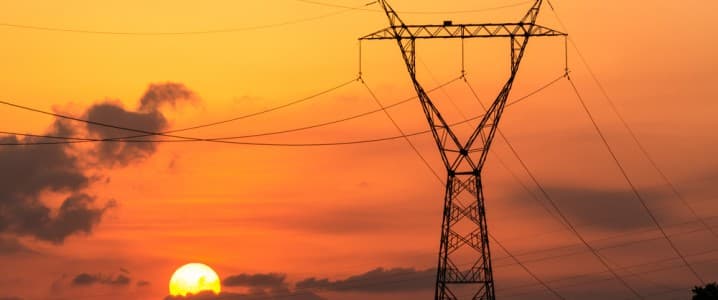
Battery storage installations are soaring in the United States thanks to incentives in the Inflation Reduction Act (IRA), which offers, for the first time, tax credits for standalone storage capacity.
Total costs of batteries and storage systems have also dropped significantly over the past decade to incentivize more installations across America.
In addition, collocating battery storage with solar generating systems has become a more popular choice among clean energy developers in the United States.
Last year, for example, solar + storage accounted for 13% of residential installations and 5% of non-residential installations, said the Solar Energy Industries Association (SEIA) in its review of the first full year of the Inflation Reduction Act.
This year, 25% of new residential installations and 10% of non-residential installations will have storage, according to SEIA.
In 2024, U.S. battery storage capacity could jump by 89% compared to 2023 if developers bring all of the energy storage systems they have planned online by their intended commercial operation dates, the U.S. Energy Information Administration (EIA) says.
California and Texas are leading battery storage installations nationwide as the rapid growth of variable solar and wind capacity in these states supports growth in battery storage.
Apart from rising in number, battery storage projects are getting larger in the United States, according to the administration.
Developers expect to bring more than 300 utility-scale battery storage projects online in the United States by 2025, and around 50% of the planned capacity installations will be in Texas, the EIA noted earlier this year.
Separately, the EIA expects solar and battery storage to account for 81% of new U.S. electric-generating capacity in 2024. Solar is set to account for the largest share of new capacity, at 58%, followed by battery storage, at 23%.
The Inflation Reduction Act of 2022 gave new impetus to the U.S. battery storage market by introducing investment tax credits for standalone energy storage projects not connected with a solar or wind generation facility. With the IRA, standalone battery storage projects now qualify for tax credits, which has incentivized developers to announce and build more projects.
In the first three months of 2024, the U.S. energy storage market set a first-quarter record for capacity installed, with 1,265 megawatts (MW) deployed across all segments. This was the highest storage capacity ever installed in the first quarter in the U.S., representing an 84% jump from the first quarter of 2023, the latest US Energy Storage Monitor report by Wood Mackenzie and the American Clean Power Association’s (ACP) showed.
The U.S. energy storage market is expected to see 12.9 gigawatts (GW) deployed across all segments in 2024. New capacity additions are due to break the 10 GW mark for the first time ever, with 75 GW expected across all segments by 2028, according to the report.
Moreover, battery storage saw the second-largest generating capacity additions added to the power grid so far this year. Battery storage of 4.2 GW accounted for 21% of all U.S. operational capacity additions in the first half of the year, behind solar and ahead of wind power capacity additions, EIA data showed.
As storage installations are booming, their importance for balancing the grid has grown.
Grid-connected batteries in California and Texas, for example, have started to play a significant role in helping to balance the system, Ed Crooks, Vice-chair, Americas at Wood Mackenzie, wrote earlier this year.
“In much of the rest of the US, the economics to support load shifting don’t yet line up the way they do in California and Texas,” said Crooks.
“But as other grids become more dependent on solar and wind, that will change.”
Currently, battery cost reductions are also helping storage capacity additions, industry executives say.
While the cost of labor and other equipment has increased, battery costs are falling due to overcapacity in the current soft market for electric vehicles, John Zahurancik, president, Americas at battery manufacturer Fluence Energy, told Reuters Events in August.
“We are seeing continued decline in both the cost of the batteries and the cost of the total energy storage system,” the executive noted.
